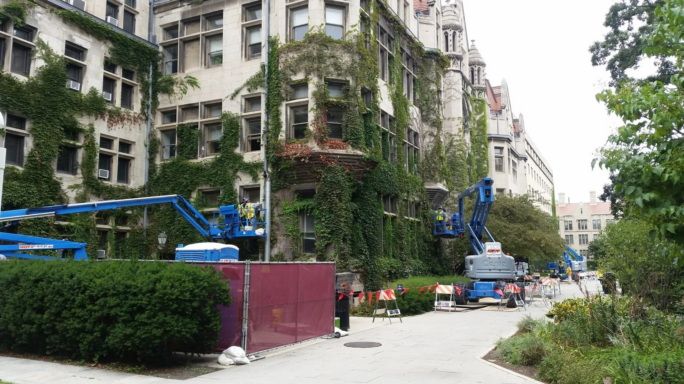How your subcontract impacts the change order process

Change orders are inevitable in construction. It is, therefore, critical to plan for them in your subcontract.
In many cases, the problem is the result of the subcontractor not following the change order process outlined in his or her subcontract. So here are three steps which, if followed, should allow you to steer clear of change order disputes.
1 . Don’t start work without a change order
Most prime contractor drafted subcontracts state the following:
“Contractor reserves the right to require subcontractor to make changes in the work, including additions and deletions without invalidating this subcontract. Subcontractor, only upon the written direction from contractor, shall perform the changed work as set forth in the contract documents. At the request of contractor, subcontractor shall submit a detailed written proposal for any applicable price and time adjustment attributable to the changed work.”
In other words, as a subcontractor, you need to first receive direction from the contractor before starting any work outside the scope of your original contract. An email, revised plan pages, or verbal instruction do not generally constitute the written documentation required to start the changed work. Therefore, the first thing you need to do when you receive a change request is to submit a written change order to the prime contractor and obtain a signature. This starts the change order process and best protects your interests.
2 . Negotiate change order pricing up front
Not surprisingly, prime contractors always look to cap change order costs, usually by including a statement similar to this:
“All change orders shall be priced in a manner not to exceed the actual cost of the net changed work, less any and all credits and savings, plus 10% for overhead and profit, said amount to be inclusive of any and all taxes, insurance, bond premiums, expenses, labor, materials, fees, costs, and acceleration, inefficiency, out-of-sequence, impact and delay costs.”
This particular example says that the price in your change order should be your actual cost plus 10% to cover all other related costs. If your overhead and billing process is different (for example, you normally charge 10% for overhead but an additional 1% for insurance), then you need to negotiate that change before you sign the contract. Once the project is underway, what is in the contract will dictate how you will be paid for change order.
In a prior post about contract price and payment, I also recommended that subcontracts include an agreed-upon unit price schedule. This is especially useful for change orders because it limits what you have to negotiate when a change is requested since you’ve already agreed on the pricing.
3 . Proceed with caution
There are times when the prime contractor can’t or won’t immediately sign the change order but still wants you, as the subcontractor, to do the work. You likely have seen something like this presented to you:
“If the parties are unable to agree upon such adjustments, contractor may elect to issue the change order to subcontractor directing such work to be performed by subcontractor and any adjustments to the subcontract price or time shall be subject to ultimate determination in accordance with this subcontract and the contract documents and subcontractor shall, nonetheless, proceed immediately with the changed work and subcontractor shall have work tickets for said changed work signed by contractor’s project manager.”
This part of the contract says that even though a change order isn’t yet approved, the prime contractor can still direct you to do the work. But to properly document this change, you must have work tickets signed by the prime’s project manager. These will confirm that you performed the work requested of you. Understand that this is a fallback position. It is always better for you to obtain a signed change order. But in lieu of waiting endlessly for a document that doesn’t ever seem to be available, you’ll want to have a contract that allows for such a procedure—just in case.
Conclusion
Your subcontract can and should complement the change order process, filling in possible gaps and minimizing the need for prolonged negotiation at the time the change order is presented.
Sage Intacct Construction
Run your construction business with a native cloud accounting solution built for the specific needs of general contractors and real estate developers.







Ask the author a question or share your advice